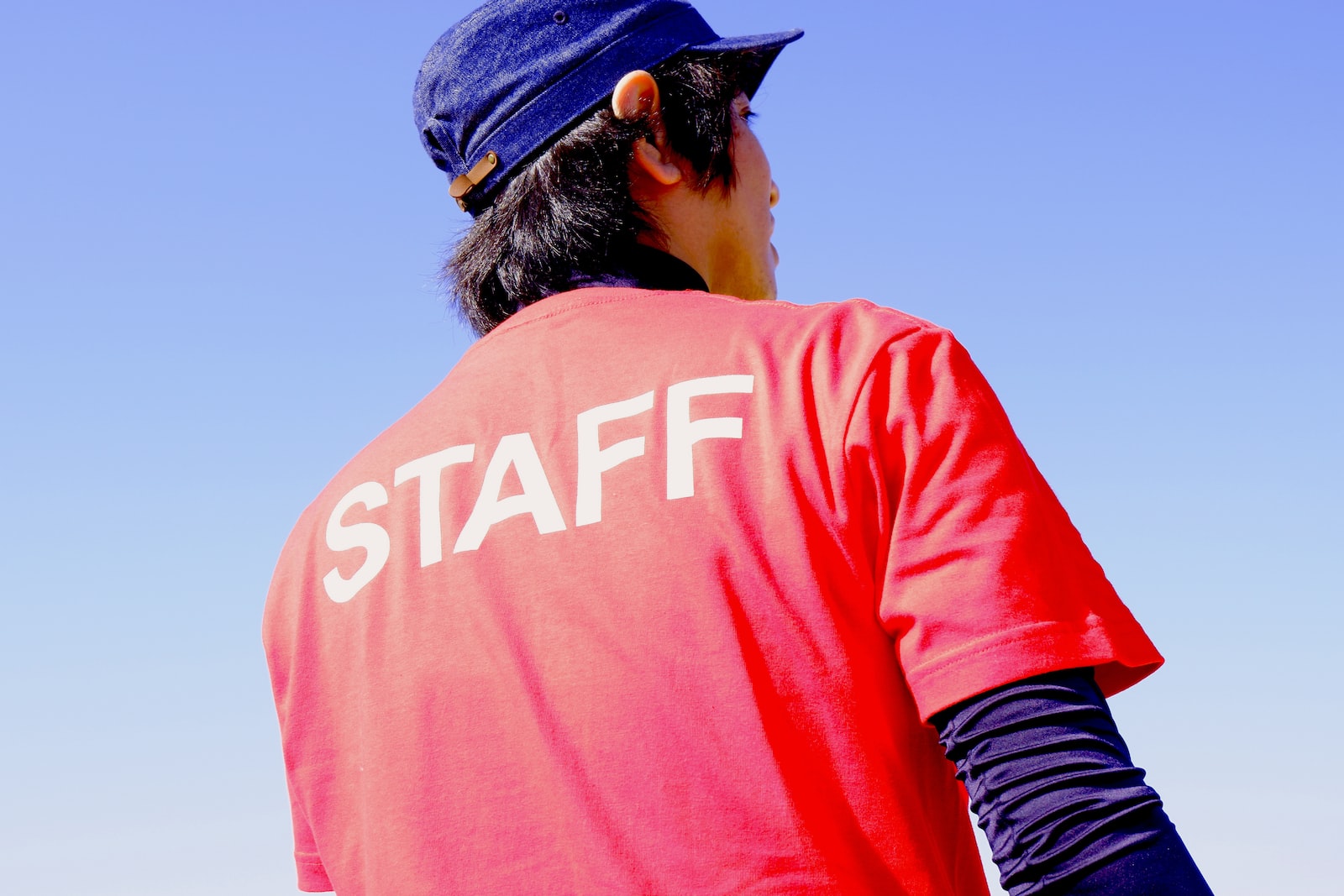As a business owner or manager, one of your primary goals is to keep your employees engaged and motivated. Employee engagement is critical to the success of your company, as engaged employees are more productive, creative, and committed to achieving your business objectives. One effective way to enhance employee engagement is through recognition and rewards. In this article, we’ll explore the impact of recognition and rewards on employee engagement, and how they can benefit your business.
Understanding Employee Engagement and Its Importance
Employee engagement refers to the emotional connection that employees have with their work, colleagues, and company. Engaged employees are enthusiastic about their work, committed to the company’s goals, and willing to go the extra mile to achieve them. Employee engagement is critical to the success of your business because it leads to:
- Increased productivity: Engaged employees are more productive and perform better than disengaged employees. They take pride in their work and strive to achieve their goals, which benefits the company’s bottom line.
- Improved retention: Engaged employees are less likely to leave the company, reducing turnover rates and saving on recruitment and training costs.
- Better customer service: Engaged employees are more likely to provide excellent customer service, which leads to higher customer satisfaction and loyalty.
The Role of Recognition and Rewards in Employee Engagement
Recognition and rewards are effective tools for boosting employee engagement. They help to create a positive and motivating work environment, where employees feel valued, appreciated, and motivated to perform their best. Here are some ways that recognition and rewards impact employee engagement:
- Increased motivation: When employees are recognized and rewarded for their hard work and achievements, they feel motivated to continue performing at their best. This motivation can lead to improved productivity and a positive impact on the company’s bottom line.
- Enhanced job satisfaction: Recognition and rewards create a positive work environment, which leads to increased job satisfaction among employees. Satisfied employees are more likely to stay with the company and perform at a high level.
- Improved employee morale: When employees feel recognized and rewarded for their efforts, they have higher morale and a positive attitude towards their work and the company. This positivity can spread throughout the workplace, creating a more productive and collaborative team.
Best Practices for Implementing Recognition and Rewards Programs
To maximize the impact of recognition and rewards on employee engagement, it’s essential to implement a program that aligns with your company’s culture and values. Here are some best practices for creating effective recognition and rewards programs:
- Set clear criteria for recognition and rewards: Establish specific criteria for recognizing and rewarding employees, such as exceeding sales goals or demonstrating exceptional customer service.
- Offer a variety of rewards: Provide a range of rewards, such as cash bonuses, gift cards, and extra time off, to appeal to different employee preferences.
- Make recognition timely and frequent: Recognize employees as soon as possible after they have achieved something noteworthy, and make it a regular practice to keep motivation and engagement high.
- Encourage peer-to-peer recognition: Encourage employees to recognize and reward their colleagues, which promotes a culture of appreciation and teamwork.
Conclusion
Recognition and rewards are powerful tools for boosting employee engagement, motivation, and productivity. By implementing best practices for recognition and rewards programs, you can create a positive work environment where employees feel valued and motivated to perform their best. Start implementing these strategies today and watch your business thrive!
Overall, recognition and rewards have a significant impact on employee engagement, and the benefits extend beyond just the employees themselves. When employees are engaged and productive,





